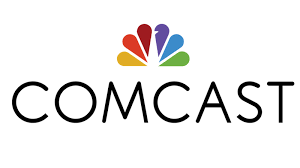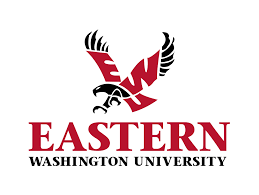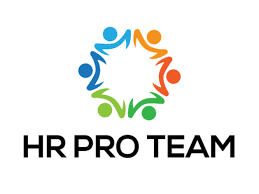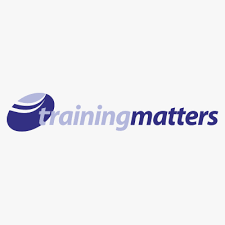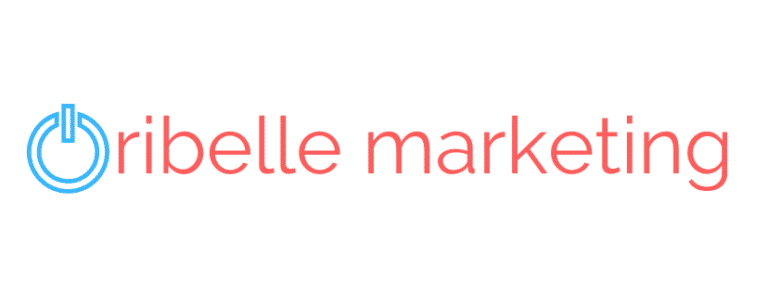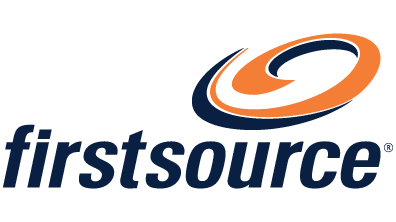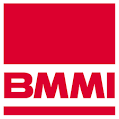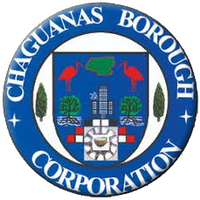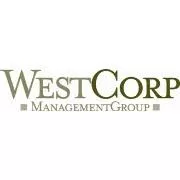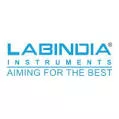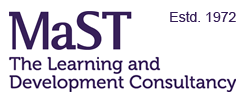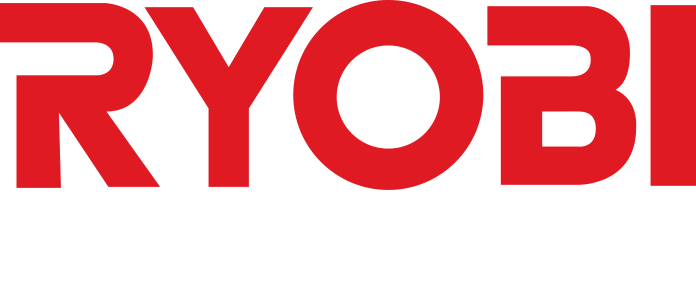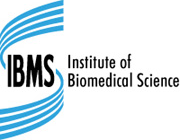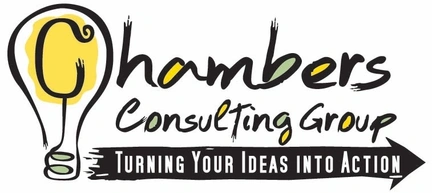Quality Management Skills: Ready-To-Use Training Kits That Save You Time And Money.
Oak Innovation’s Quality Management Training Course Material is a practical bundle of engaging slides and editable workbooks. Combined with expert training guides, training games, and icebreakers, this customizable training course material saves you time and effort, leaving you to concentrate on delivering this training course in your business.
Whether you’re just starting out or you’ve been in business for years, this content perfect for those seeking bespoke training solutions while ensuring that materials are scalable and reusable across departments and industries.
Trusted By Leading Brands.
Course Outline.
The course is structured into four key and easy to deliver modules.
1. Quality Management: Building a Foundation for Excellence
This module can be delivered to introduce the core principles of quality management, debunking common myths and demonstrating the clear link between quality initiatives and business success.
Participants will explore QMS processes and gain a foundational understanding of how quality drives competitive advantage and customer satisfaction.
They will learn how quality relates to common sense and how to identify the value of quality initiatives for their company.
In this lesson, course participants will:
- Define quality management and differentiate it from quality control.
- Debunk at least three common myths about quality control with supporting evidence.
- Identify at least five key benefits of implementing quality initiatives within an organization.
- Explain the relationship between quality management principles and common sense business practices.
- Analyze how quality control impacts a company’s competitive advantage in the marketplace.
- Describe at least three different QMS processes and their purpose within an organization.
Focus: You can use this module to set the stage by defining quality, debunking common misconceptions, and exploring the value of quality initiatives within an organization.
Lessons:
Defining Quality Beyond the Basics:
- Participant Outcome: Trainees will be able to articulate a clear and actionable definition of quality relevant to their specific industry and roles.
- Content: Explore various definitions of quality (e.g., fitness for purpose, conformance to requirements) and discuss how to tailor them to different business contexts. Address common myths about quality control (e.g., “it’s too expensive,” “it’s only for manufacturing”).
The ROI of Quality: Linking Quality to Business Success:
- Participant Outcome: Trainees will be able to quantify the financial benefits of quality initiatives and build a business case for investment in quality management.
- Content: Examine the costs of poor quality (e.g., rework, waste, customer dissatisfaction) and the benefits of quality (e.g., increased efficiency, reduced costs, improved customer loyalty).
QMS Processes: An Introduction:
- Participant Outcome: Trainees will be able to identify and describe the core processes of a Quality Management System (QMS).
- Content: Provide an overview of key QMS processes (e.g., document control, corrective action, internal audits). Explain how these processes work together to ensure consistent quality.
Suggested Additional Activities:
- Interactive Discussion: “What does ‘quality’ mean to you in your role?”
- Case Study Analysis: Examining a company that successfully implemented a QMS.
Benefits To An Organization:
- Improved understanding of quality’s financial impact leads to better investment decisions.
- Increased employee engagement in quality initiatives, resulting in a more proactive approach to problem-solving.
- Enhanced ability to identify and eliminate inefficiencies, reducing costs and improving productivity.
2. Designing Quality In: Creating Products & Services That Exceed Expectations
You can use this training content to focus on the critical role of design in achieving exceptional quality.
Participants will learn how to define and implement design quality principles, explore the relationship between design and knowledge, and create robust quality policies.
They can proactively build quality into their products and services, minimizing defects and maximizing customer satisfaction.
In this lesson, course participants will:
- Define design quality.
- Explore the link between design and knowledge.
- Identify the rationale for and components of quality design.
- Explore a quality policy and various basic quality questions.
- Describe at least three different QMS processes and their purpose within an organization.
Focus: This module explores the crucial role of design in ensuring quality. It emphasizes proactive measures to prevent defects and errors.
Lessons:
Design Quality: The Foundation of Excellence:
- Participant Outcome: Trainees can apply design quality principles to prevent defects and errors.
- Content: Define design quality and its relationship to knowledge and planning. Explore techniques for incorporating quality considerations into the design process.
Rationale and Components of Quality Design:
- Participant Outcome: Trainees can develop a comprehensive quality policy that aligns with organizational goals and values.
- Content: Identify the key components of a quality design (e.g., precise specifications, risk assessment, testing). Explain how to develop a quality policy that supports the design process.
Quality Policies and Basic Quality Questions:
- Participant Outcome: Trainees can formulate key quality questions to guide design and development decisions.
- Content: Explore your examples of effective quality policies and discuss how to adapt them to different organizations. Provide a framework for asking basic quality questions throughout the design process.
Suggested Additional Activities:
- Design Review Exercise: Analyzing a product or service design from a quality perspective.
- Quality Policy Workshop: Participants can be encouraged to draft a quality policy for their department or organization.
3. Empowering Your Team: Building a Culture of Quality Ownership
This training content can be used to explore the vital connection between people and quality.
Participants will learn how to foster a culture of quality ownership, understand essential quality management documentation, and see how a QMS supports streamlined business processes.
They will discover how to motivate and engage employees in quality initiatives, which will lead to improved performance and a stronger commitment to excellence.
Focus: This module highlights the critical role of people in a QMS. It covers ownership, documentation, and how a QMS supports efficient business processes.
Lessons:
Ownership of the QMS: Creating a Culture of Quality.
- Participant Outcome: Trainees will be able to foster a culture of quality by assigning clear responsibilities and promoting employee engagement in the QMS.
- Content: Discuss the importance of assigning ownership of the QMS to specific individuals or teams. Explain how to create a culture of quality where employees are empowered to identify and address quality issues.
Essential Documents and Procedures:
- Participant Outcome: Trainees can develop and maintain essential QMS documents and procedures, including specifications, SOPs, and records.
- Content: Creating clear and concise specifications, SOPs, and records. Explain how to manage these documents effectively to ensure compliance and consistency.
How a QMS Supports Business Processes:
- Participant Outcome: Trainees can optimize business processes by integrating them with the QMS.
- Content: Demonstrate how a QMS can streamline business processes, reduce errors, and improve efficiency. Provide examples of how to integrate the QMS with other business systems.
Suggested Additional Activities:
- Role-Playing Exercise: Handling customer complaints or quality issues.
- Team-Based Problem-Solving: Identifying and resolving a quality challenge in a simulated environment.
4. Quality Assurance Mastery: Tools for Continuous Improvement & Problem Solving
This content equips participants with practical quality assurance tools and problem-solving techniques for continuous improvement.
They will define quality assurance, focusing on control and project management methodologies, discuss QMS aims and checklists, and understand how to engage in successful quality management projects that lead to measurable results.
Course participants will:
- Apply a chosen problem-solving technique (e.g., 5 Whys, Fishbone Diagram) to a real-world quality issue.”
- Develop a QMS checklist for a specific process within their organization.
- Create a basic project plan for a quality improvement initiative.
Focus: This module provides a practical understanding of quality assurance, focusing on quality control, essential tools, and effective problem-solving techniques.
Lessons:
Defining Quality Assurance and Quality Control:
- Participant Outcome: Trainees can differentiate between quality assurance and quality control and apply each effectively.
- Content: Clearly define quality assurance and control, and explain their relationship. Discuss the different roles and responsibilities of quality assurance and quality control personnel.
Project Management Tools for Quality:
- Participant Outcome: Trainees can apply project management tools to quality management projects, ensuring successful outcomes.
- Content: Introduce a range of project management tools (e.g., Gantt charts, risk assessments, communication plans) and demonstrate how to use them in quality management projects.
Problem-Solving Techniques:
- Participant Outcome: Trainees can employ effective problem-solving techniques to identify and resolve quality issues.
- Content: Teach various problem-solving techniques (e.g., root cause analysis, the 5 Whys, Fishbone diagrams) and provide opportunities for trainees to practice applying them.
QMS Aims and Checklists:
- Participant Outcome: Trainees can develop and utilize QMS checklists to ensure compliance and continuous improvement.
- Content: Discuss the aims of a QMS and provide guidance on developing practical QMS checklists. Explain how to use checklists to monitor performance and identify areas for improvement.
Successful Quality Management Projects:
- Participant Outcome: Trainees can plan and execute successful quality management projects that deliver measurable results.
- Content: Share best practices for planning and executing quality management projects. Provide case studies of successful projects and discuss the key factors that contributed to their success.
Suggested Additional Activities:
- Root Cause Analysis Exercise: Participants analyze a real-world quality problem and identify its root cause.
- Data Analysis Simulation: Using sample data to monitor process performance and identify areas for improvement.
Suggested Conclusion:
- Conclusion: Taking Quality Management to the Next Level.
- Key Takeaways and Action Planning: Recap the main concepts and steps participants can take to implement quality management in their organizations.
- Resources and Further Learning: Links to helpful articles, websites, and other resources.
- Q&A: An opportunity for participants to ask questions and get clarification.
Equip Your Learners With The Skills They Need.
In this training course on quality management skills, your participants will:
- Understand the importance of quality management.
- Examine the components of a quality management system.
- Explore why quality management systems fail.
- Understand ways employees can affect quality control.
- Understand the role of the quality management system.
What You’ll Get.
Transform your training delivery and maximize participant engagement with our all-inclusive package.
Captivating Content
- Dynamic Slide Deck: Visually customizable presentations that keep your audience hooked.
- In-depth Course Workbook: Packed with exercises and actionable tips for lasting impact.
Interactive Learning Tools
- Engaging Training Games: Make learning fun and memorable.
- Effective Icebreakers: Foster open communication and build team rapport.
- Practical Activities: Reinforce concepts through hands-on exercises.
Professional Development Resources
- Comprehensive Training Guides: Enhance your facilitation skills.
- Curated Reading Lists: Expand knowledge with carefully selected resources.
- Assessment Tools: Measure learning outcomes with pre-built course tests.
Marketing and Implementation Support
- Ready-to-Use Marketing Materials: Promote your courses with ease.
- Strategic Action Plans: Develop robust implementation strategies.
Instant Access: Lasting Results.
Get immediate access to all materials and start delivering impactful training sessions today. Our resources are designed to drive real change and produce measurable results in your organization.
Elevate your training sessions with our comprehensive toolkit.
Add Product To Order





